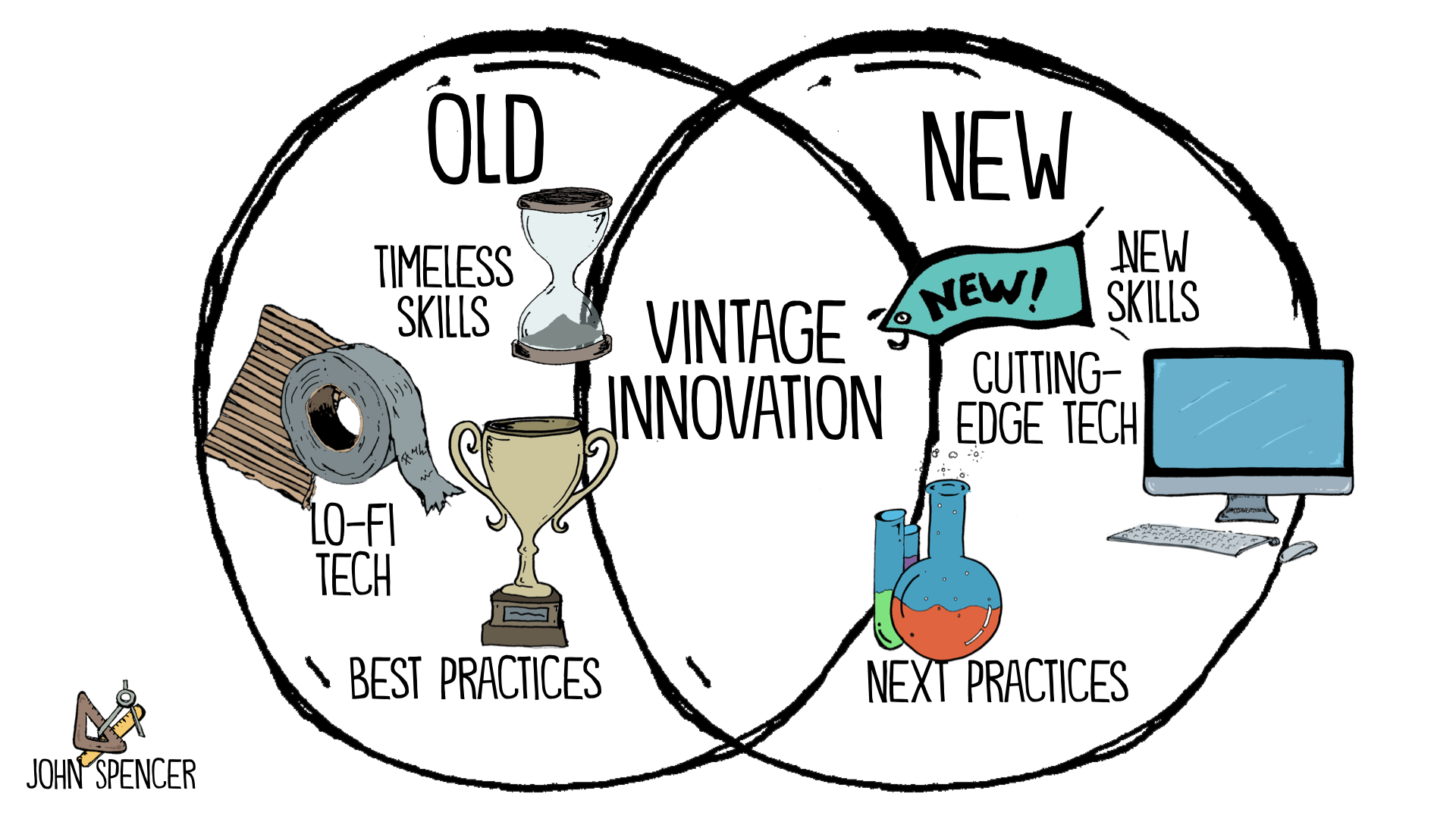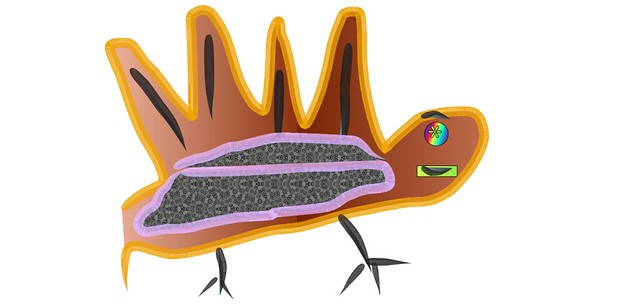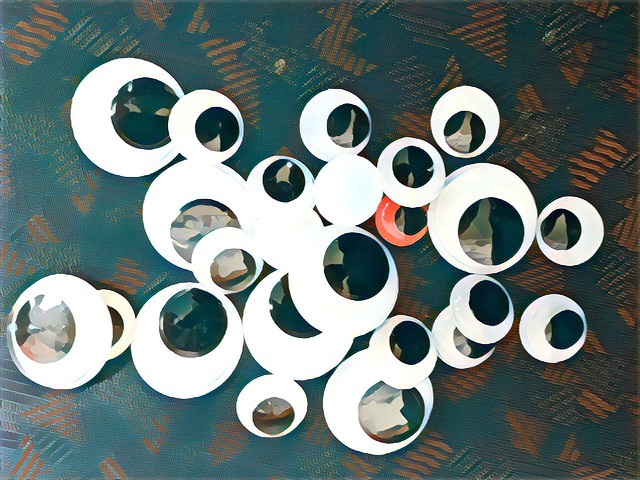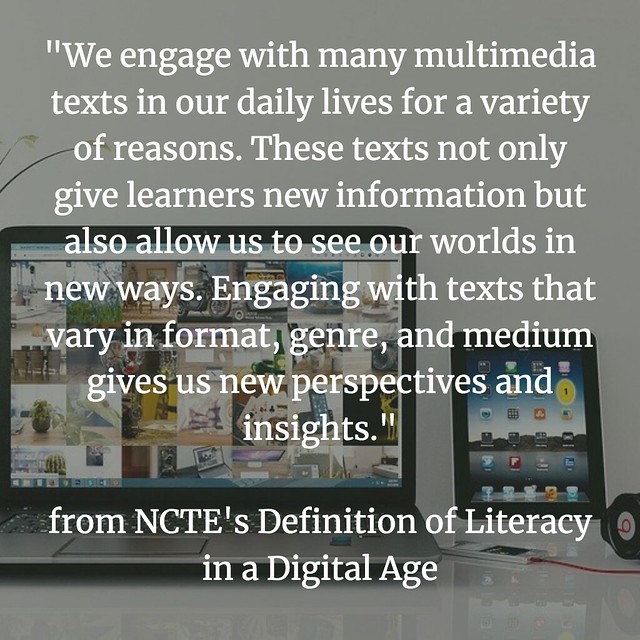
My sons really loved this My Life As A … (Book, Cartoonist, Ninja, etc.) series by Janet and Jake Tashjian when they came out, but I sort of ignored them as yet another knock off of Jeff Kinney’s Wimpy Kid series. Finally, I had a student recommend the series to me, and who am I to ignore a suggestion by a student?
I chose My Life As A Gamer, which I believe is the fifth book in the series of nine books (so far), and I have to say, I really enjoyed the story and the cartoon artwork that went along in the margins of the story. (I believe Janet writes the stories and Jake, her son, illustrates them). The story of Derek Fallon and his friends enlisted to test out a new video game really struck a chord with me as I begin to bring my sixth graders into our own video game design unit.
There are adolescent escapades and funny moments, but also some deeper looks at family (dad is out of a job, etc.) and Derek’s own struggles with a reading disability — the cartoons in the margins of the book are representative of the ways that Derek learns by doodling vocabulary words — and the sketch-noting-vocabulary aspect of the book’s illustrations caught my attention, for sure, as I often have my students do the same.
This story also gives some insight into the development of a video game, as Derek and his friends spend weekends at a video game design company, play-testing an upcoming game — Arctic Ninja — and elements of storyboarding and narrative design and intuitive design are all woven into the story.
Looking at the next few books in the series, I see the next two have interesting themes as well: My Life As a YouTuber and My Life As a Meme. My interest is piqued!
Peace (doodled),
Kevin






